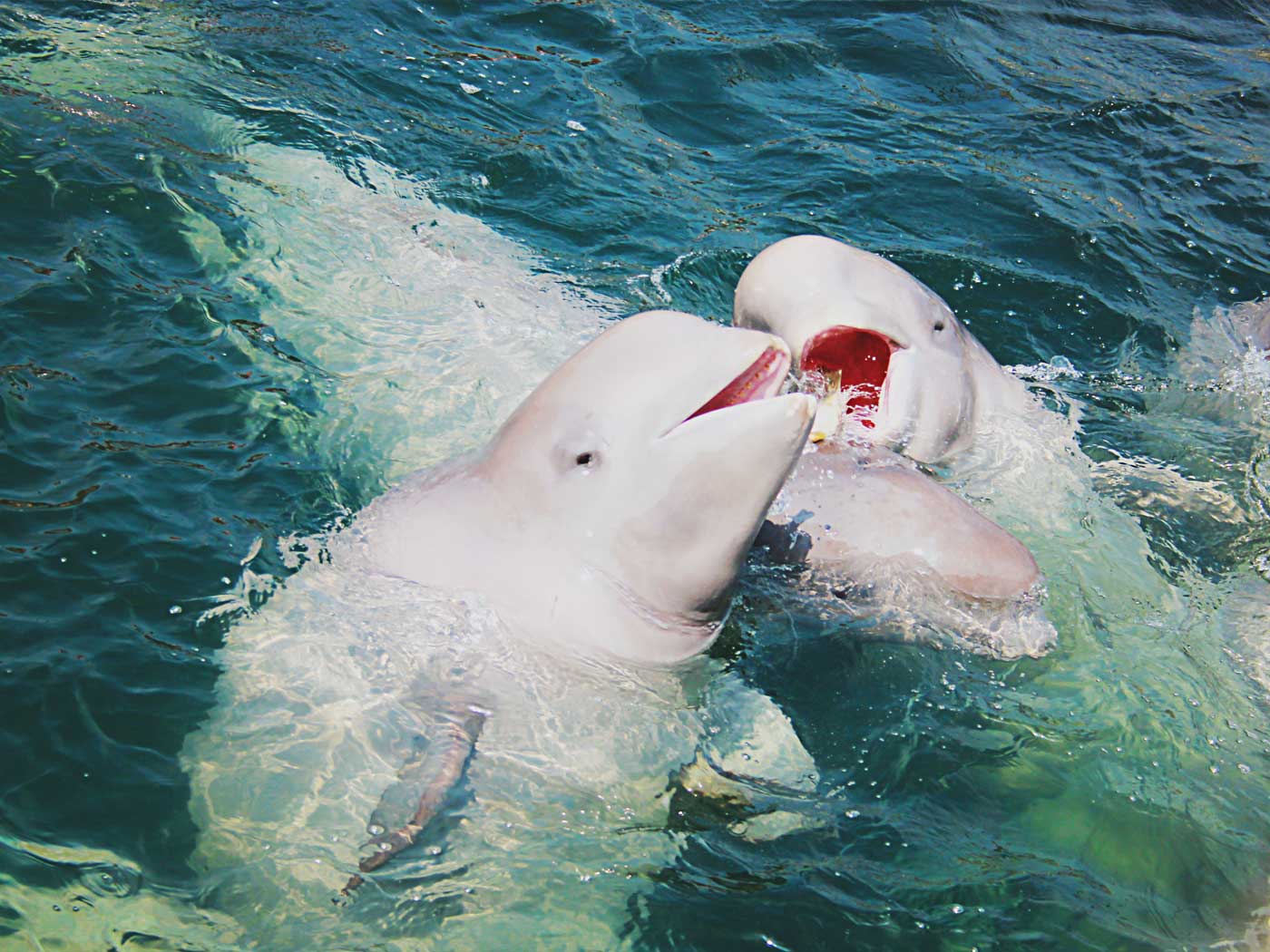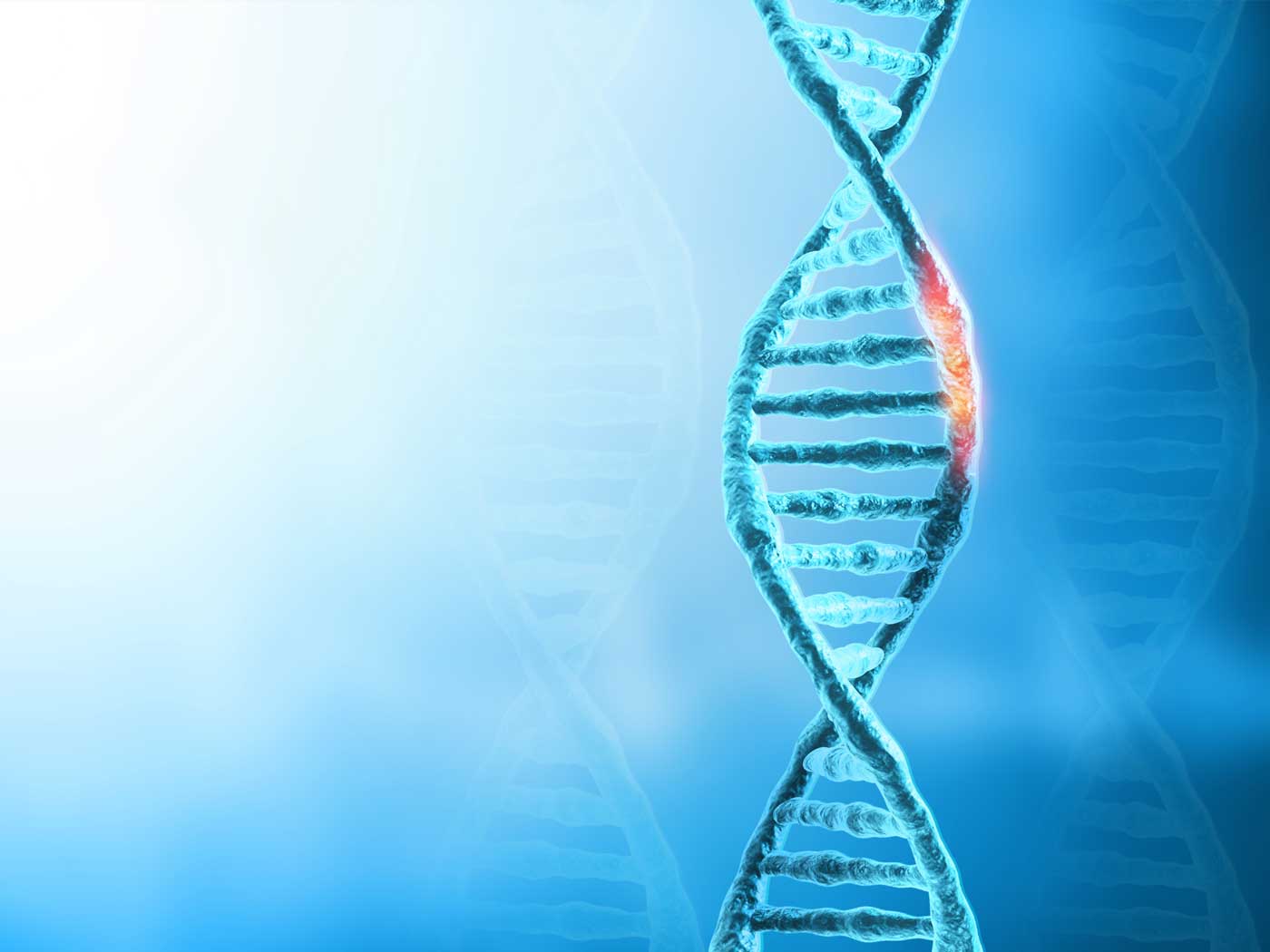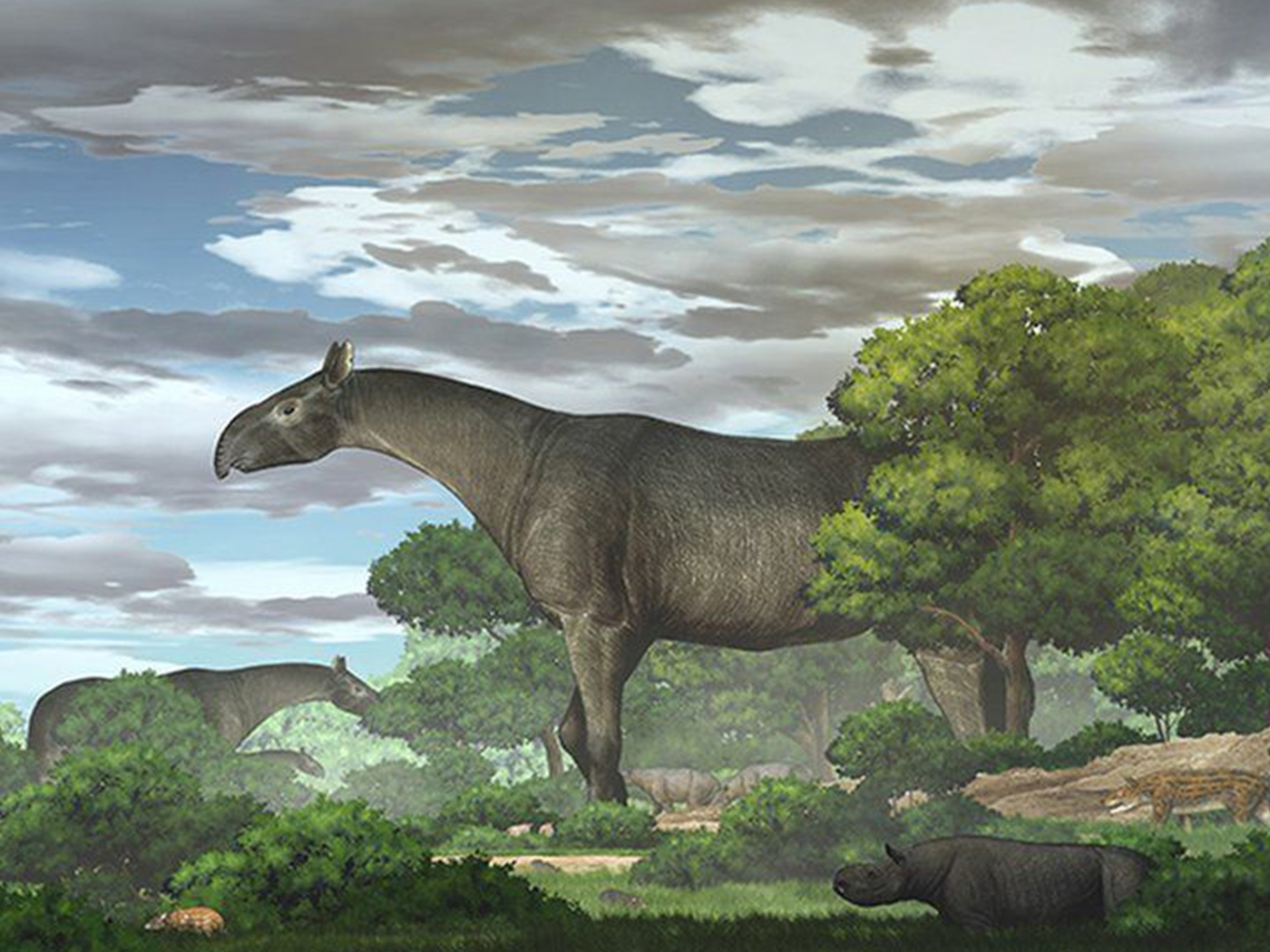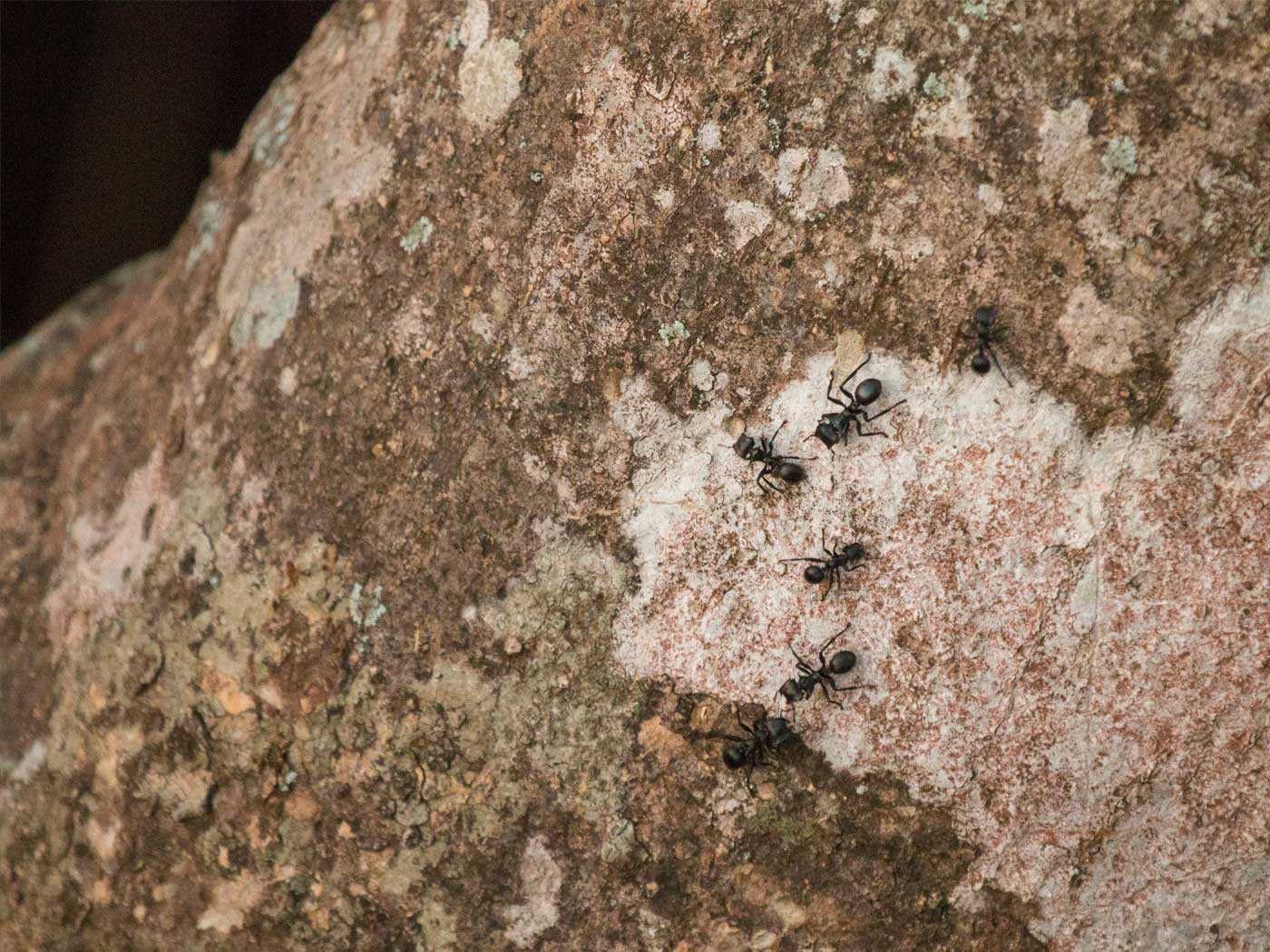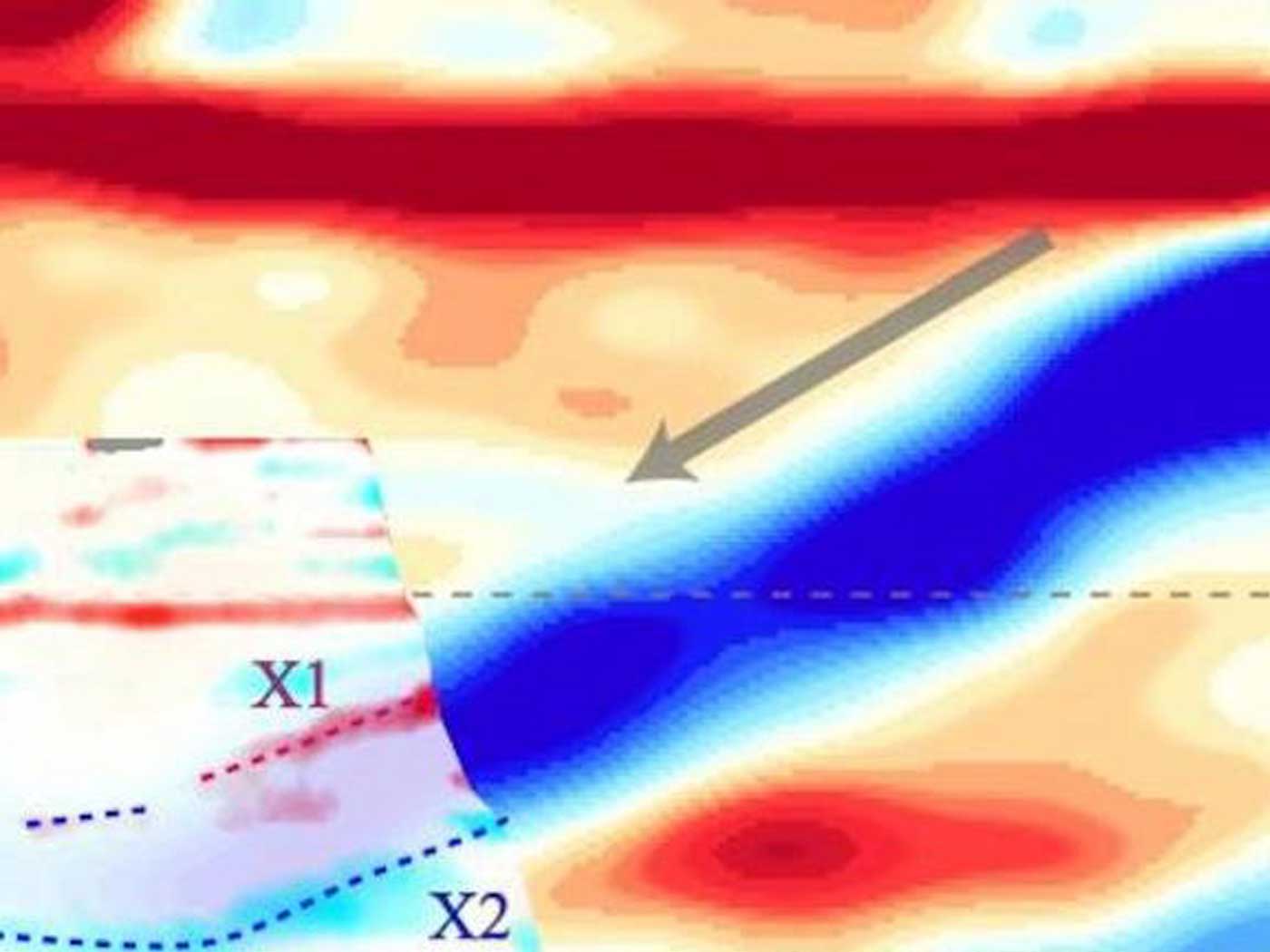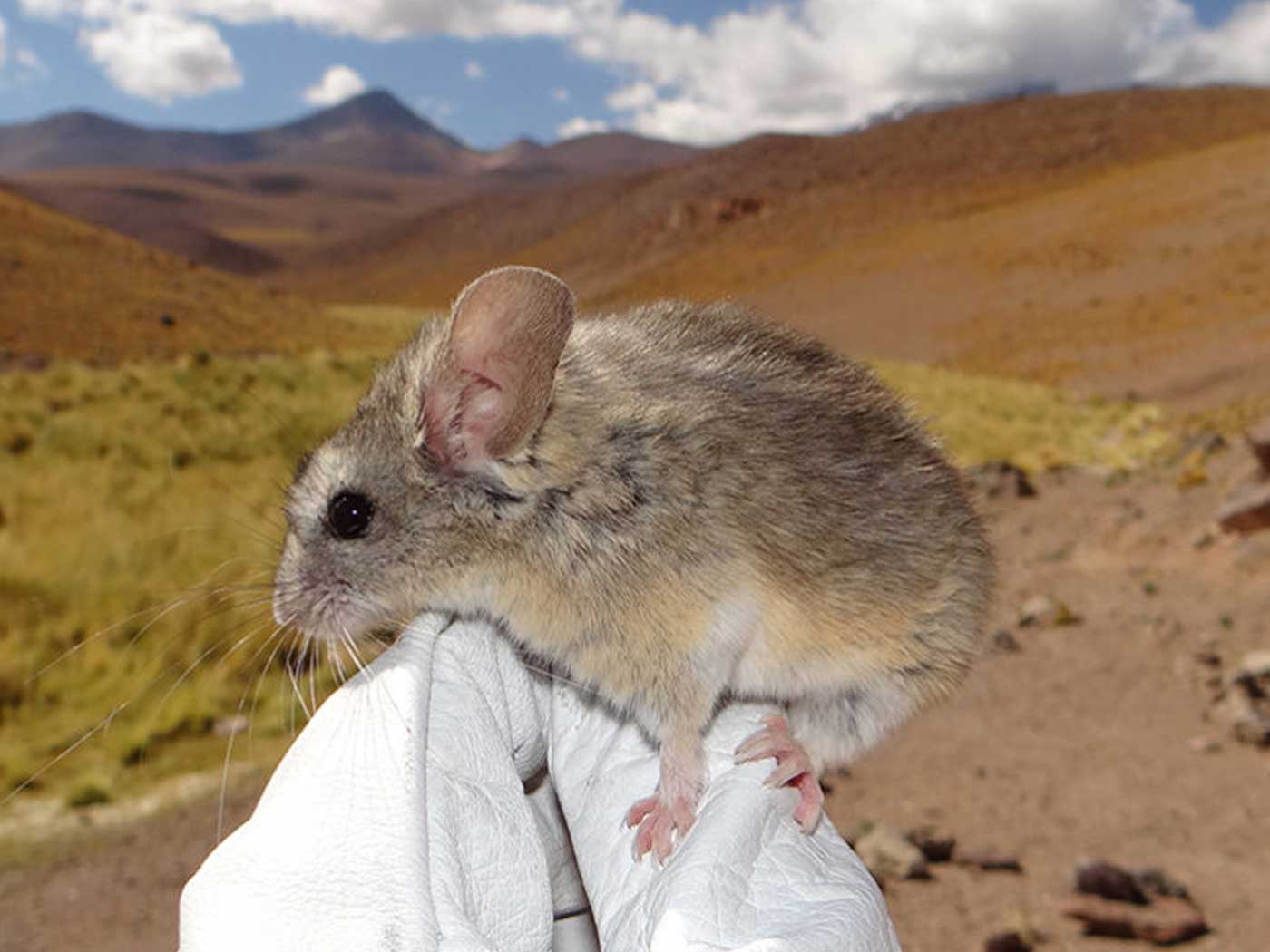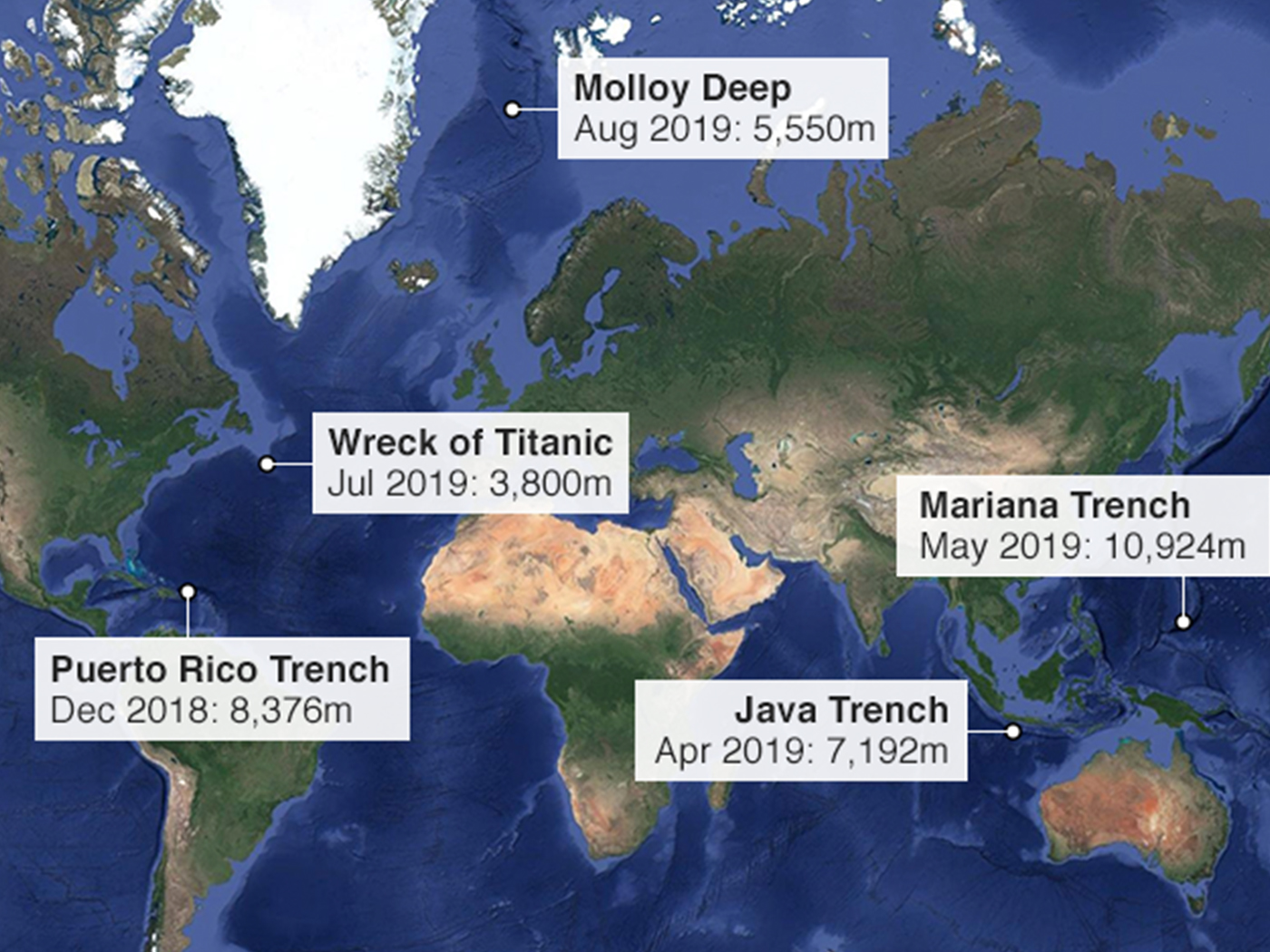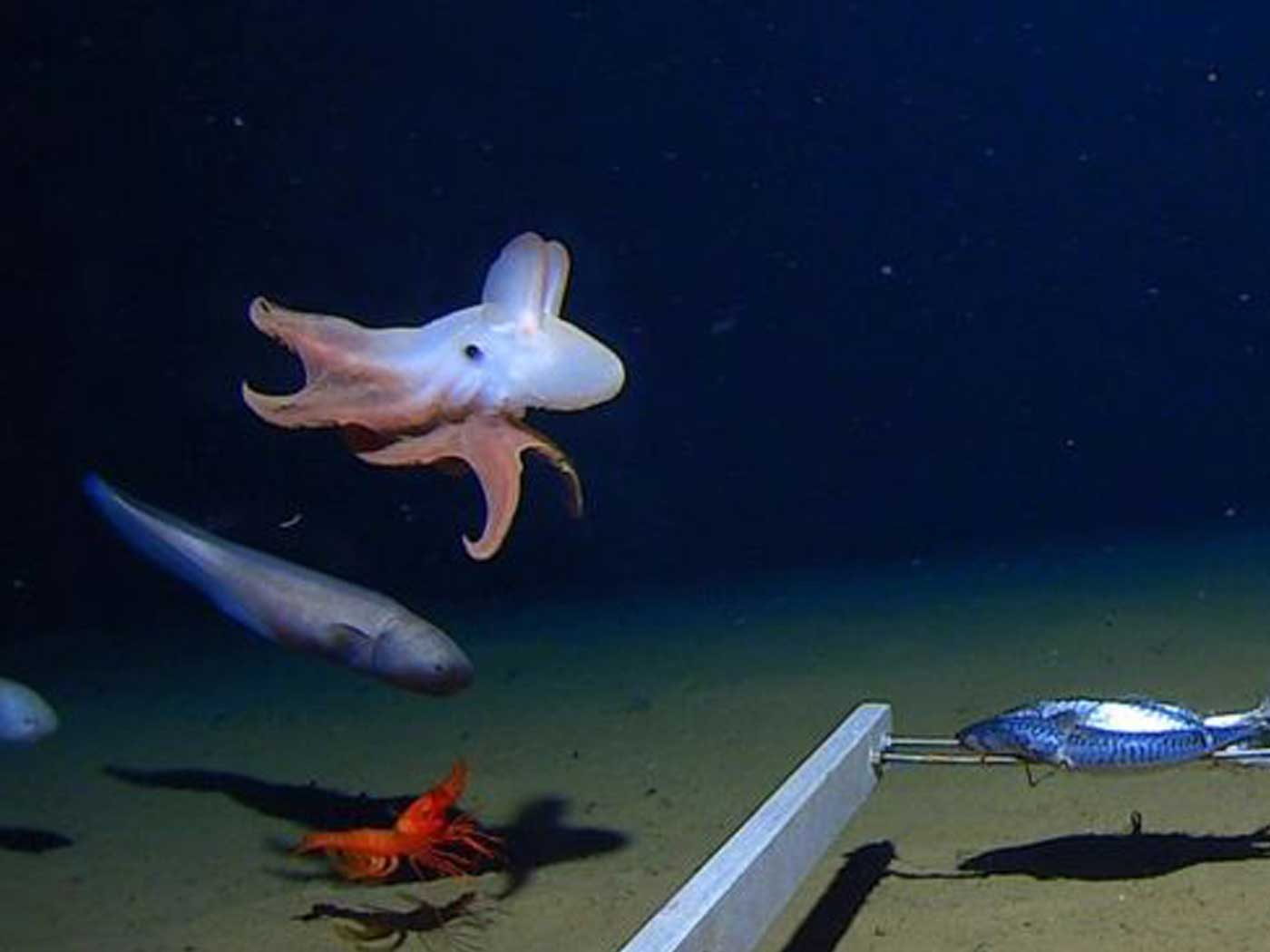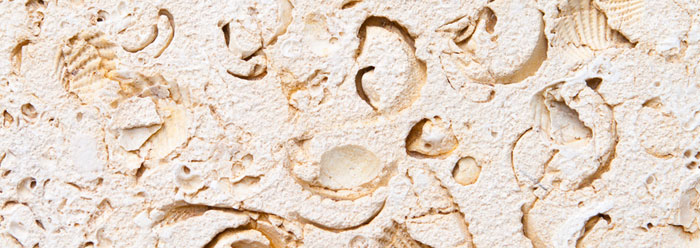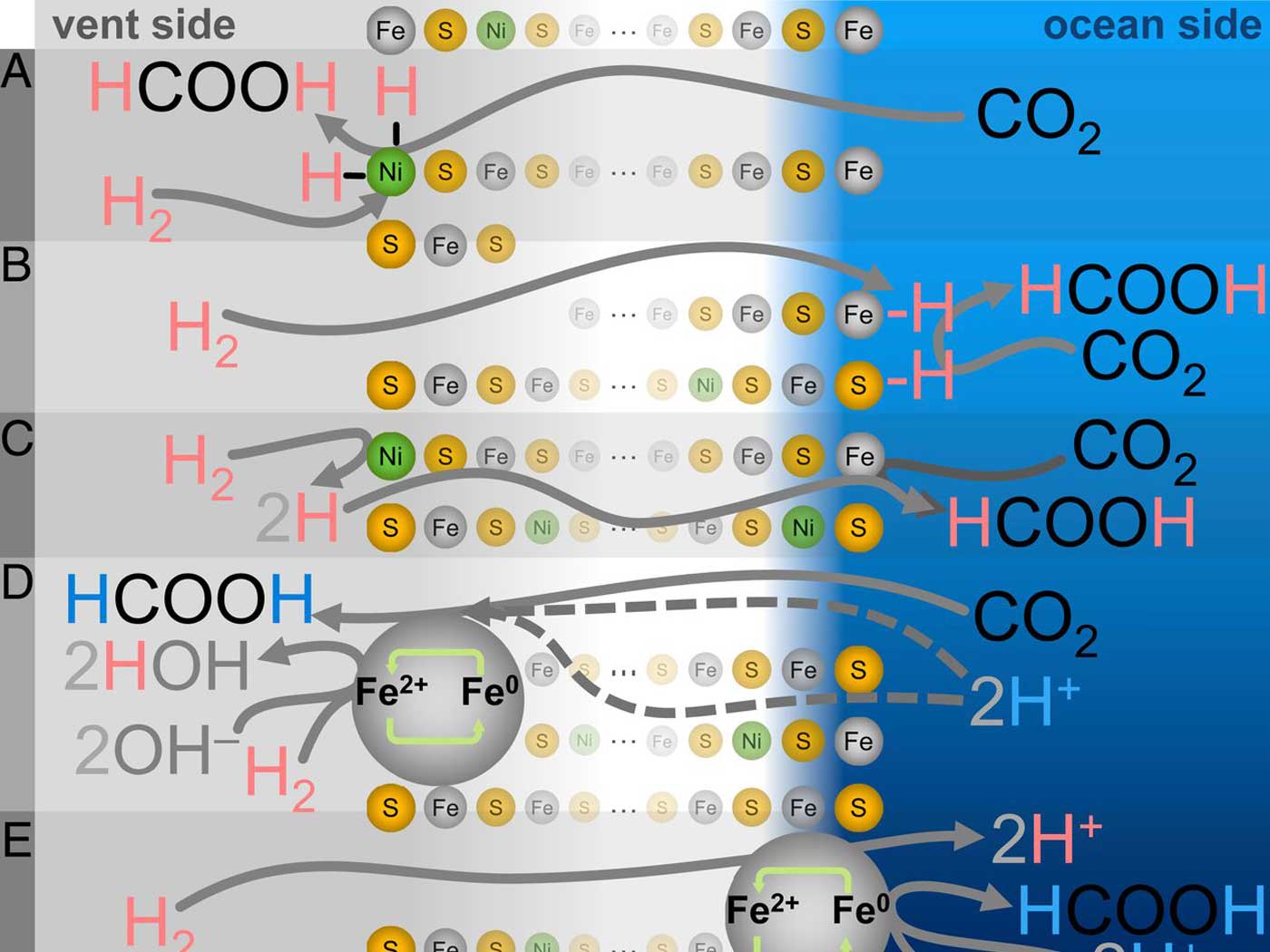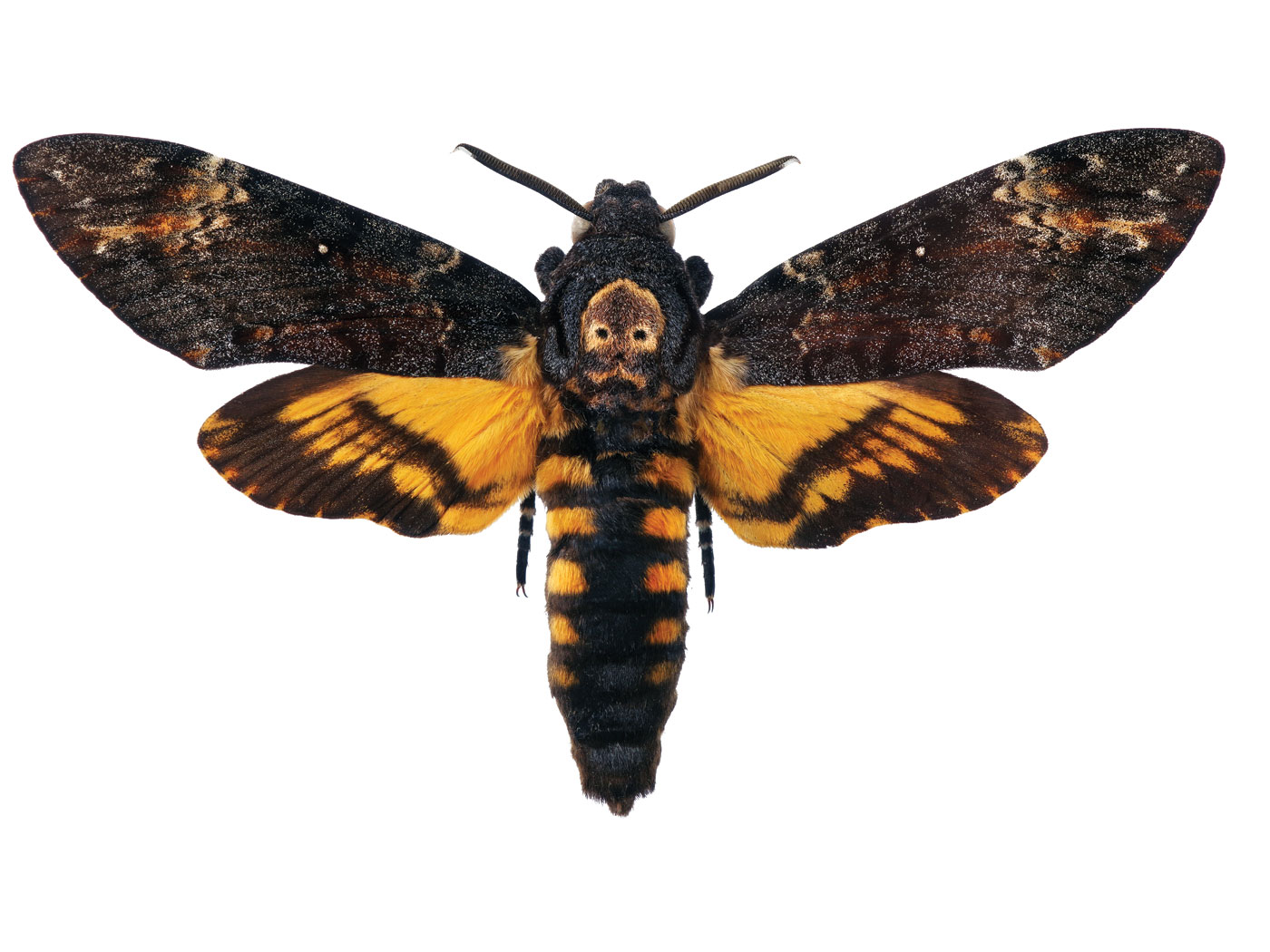How in the world did a creature as odd as the duck-billed platypus originate? This creature lays eggs like a reptile, has venom like a reptile, spurs like a chicken, excretes milk from belly patches to nurse its young, has fur that glows, webbed feet like a duck, and uses its sensor-filled duck-like bill to find aquatic prey like paddlefish do since it swims with its eyes closed. If it evolved, then did its ancestors include mammals, reptiles, birds, and fish? Researchers looked to its genetics to help unravel its origins. In the end, their conclusions drew more from philosophy than fact.
The research team based at the University of Copenhagen published their finds in the prestigious journal Nature.1 They used multiple sequencing techniques to capture different lengths of platypus DNA. Computational methods stitched these lengths together and assigned them to positions on the platypus chromosomes. They compared various DNA sequences to similar ones in chicken, Tasmanian devil, common wall lizard, opossum, and human.
The group did plenty of work gathering interesting data. But what do the DNA sequences mean? Professor Guojie Zhang of the Department of Biology at Copenhagen said, “The complete genome has provided us with the answers to how a few of the platypus’ bizarre features emerged.”2
Answers like what? Zhang said, “Genetically, it is a mixture of mammals, birds and reptiles.” But genes code for traits, and we already saw the platypus traits that resemble those groups. So, this statement offers no new answers.
The team zoomed in on the uniqueness of egg-laying in mammals. Today, chicks get all their nutrients from within the egg before they hatch. Newly-hatched puggles get some nutrients from within their platypus eggs, but they still need to lap mother’s milk. And of course, human babies initially get all their nutrients from milk. The research group demonstrated that chickens have three egg-producing genes, the platypus has one, and humans have none.
They concluded that since all three evolved from a common ancestor that laid eggs, the platypus lost two egg-specific genes while humans lost all three. This conclusion relies entirely on the premise of a common ancestor. It simply ignores the at least equally logical divine origins option. A smart Creator could have equipped each of these three creatures with the specific DNA sequences needed to carry out its own unique growth and development.
The team also focused on genes that handle the platypus’ unique blood system. In most mammals and humans, three specific molecules routinely manage heme and hemoglobin recycling. Heme molecules left to drift within body systems would kill. Animal life therefore depends on proper heme processing. But the platypus is missing one of those three management molecules that other mammals typically have. The study authors suggest that it uses a different molecule.
Chickens use a CD163-type molecule in their blood processing, and the platypus has its own version of that—presumably doing something—in its own body cells. The Nature study authors wrote that “CD163 family protein(s) may have evolved this role [heme management] in monotremes.”1
But how could this unique platypus blood-processing system have evolved if the animal couldn’t survive without this function to begin with?
The statement that platypus heme management proteins evolved commits the same circular reasoning fallacy as the egg argument above. But this time, the statement ignores the irreducible complexity of blood processing. What molecules processed blood while the CD163 proteins were supposedly evolving “this role in monotremes?” The creatures would have immediately died without its blood and blood managers fully functional from the start.
Platypus gene sequencing contributes knowledge to science, but nothing so far to help explain how these creatures supposedly evolved. Conclusions that presume their own premises fail to reach the status of data-driven science. On the other hand, the fully formed genome that the platypus does possess shows the exact kind of life-giving organization that one would expect from intentional craftsmanship.
References
1. Zhou, Y. et al. 2021. Platypus and echidna genomes reveal mammalian biology and evolution. Nature. Published online January 6, 2021.
2. How Earth’s oddest mammal got to be so bizarre. University of Copenhagen Press. Posted on science.ku.dk January 6, 2021, accessed January 12, 2021.
*Dr. Brian Thomas is Research Associate at the Institute for Creation Research and earned his Ph.D. in paleobiochemistry from the University of Liverpool.
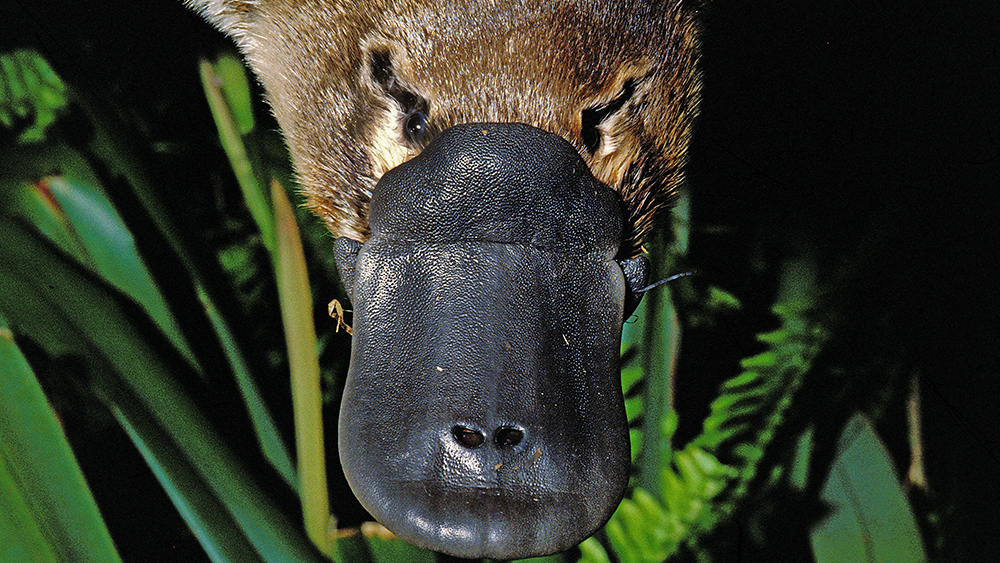
Does Oddball Platypus Genome Reveal Its Origins?
The Latest
Moroccan Dinosaurs in Marine Rocks, Too
Two recent papers by paleontologist Nicholas Longrich and his colleagues describe some unexpected findings in phosphate mines of northern Morocco.1,2...
CREATION PODCAST
Ernst Haeckel: Evolutionary Huckster | The Creation Podcast:...
Ernst Haeckel, a German Zoologist, is famous for developing a series of images of embryos in development called Anthropogenie. These images,...
Bees Master Complex Tasks Through Social Interaction
Bees are simply incredible.1,2 These little furry fliers challenge the very foundation of Darwinism in many diverse ways.
Bees have been...
The Tail of Man’s Supposed Ancestors
Although it has been known for decades and despite insistence to the contrary from the evolutionary community, man—Homo sapiens—has never...
When Day Meets Night—A Total Success!
The skies cleared above North Texas on Monday, April 8, for a spectacular view of the 2024 Great American Solar Eclipse. Hundreds of guests joined...
The Sun and Moon—Designed for Eclipses
Before discovering thousands of planets in other solar systems, scientists tended to assume that other solar systems would be very similar to our own....
Let ICR Help You Prepare for the Great American Solar Eclipse!
On Monday, April 8th, the moon will move directly between the earth and the sun, resulting in a total solar eclipse visible in northern Mexico, much...
Total Eclipse on April 8th
“You alone are the LORD; You have made heaven, the heaven of heavens, with all their host, the earth and everything on it, the seas and all that...
CREATION PODCAST
Dismantling Evolution One Gear At A Time! | The Creation Podcast:...
The human body is a marvel of complexity and the more we learn about it, the more miraculous our existence becomes! Can evolution explain the...
April 2024 ICR Wallpaper
"He appointed the moon for seasons; The sun knows its going down." (Psalm 104:19 NKJV)
ICR April 2024 wallpaper is now available...




